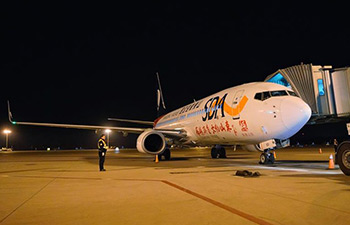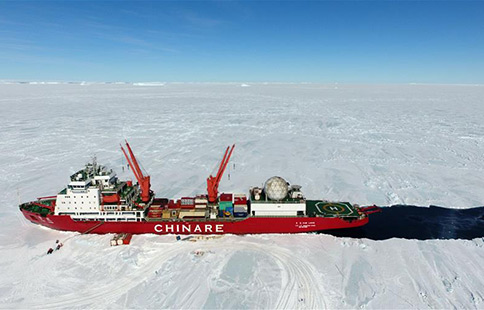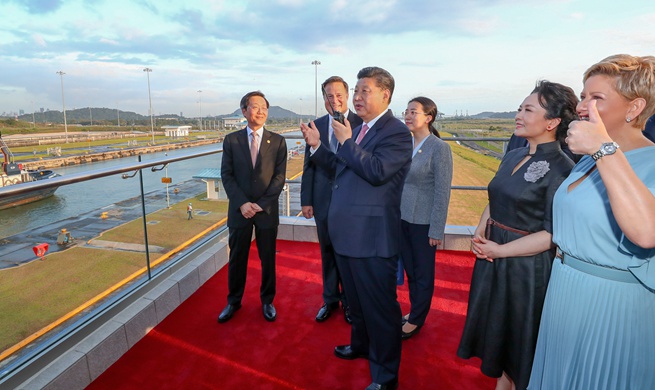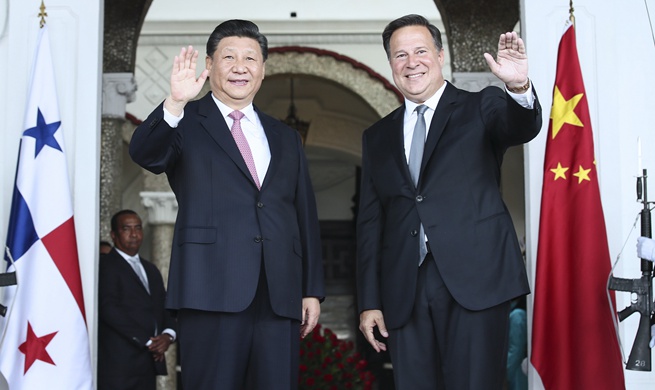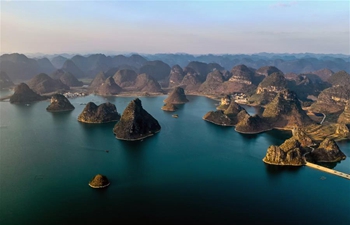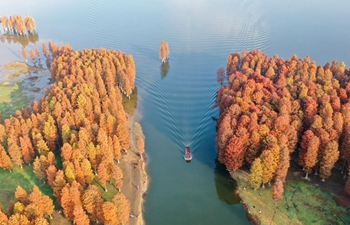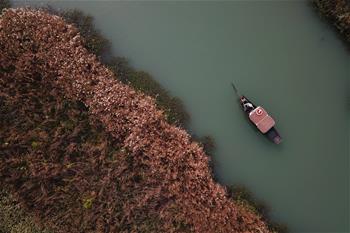XINING, Dec. 5 (Xinhua) -- The permafrost at the Sanjiangyuan region in western China's Qinghai-Tibet Plateau is reducing by 6.5 cm in depth every 10 years, according to a Chinese local climatic service center.
Sanjiangyuan literally means "the source of three rivers," referring to the Yangtze, Yellow, and Lancang (Mekong) rivers.
The Qinghai Provincial Climatic Center said that its analysis of data from 1961 to 2017 showed that the permafrost at the Sanjiangyuan region had been shrinking and the degradation has picked up speed since 1983.
Annual records on the thawing dates of the permafrost in the region showed that the thawing had taken place 7.6 days earlier every 10 years since 1990, while the freezing dates of the permafrost has been postponed by 3.2 days every 10 years since 1961.
Li Hongmei, a senior engineer with the center, said rising temperatures are the major cause of the degradation of the permafrost on the plateau, which may trigger a series of problems such as vegetation degradation, reduction in soil organic matters as well as higher costs for in infrastructure maintenance.
Sanjiangyuan, which is an important area for water conservation and a key ecological safety barrier in Asia, remains a focus of China's drive to advance ecological progress.
To reduce the impact of a degrading permafrost on the ecology, meteorological specialists suggest that relevant departments should step up research on permafrost degradation and the techniques to conserve it in the Qinghai-Tibet plateau, and carry out targeted ecological harnessing projects based on the research.




